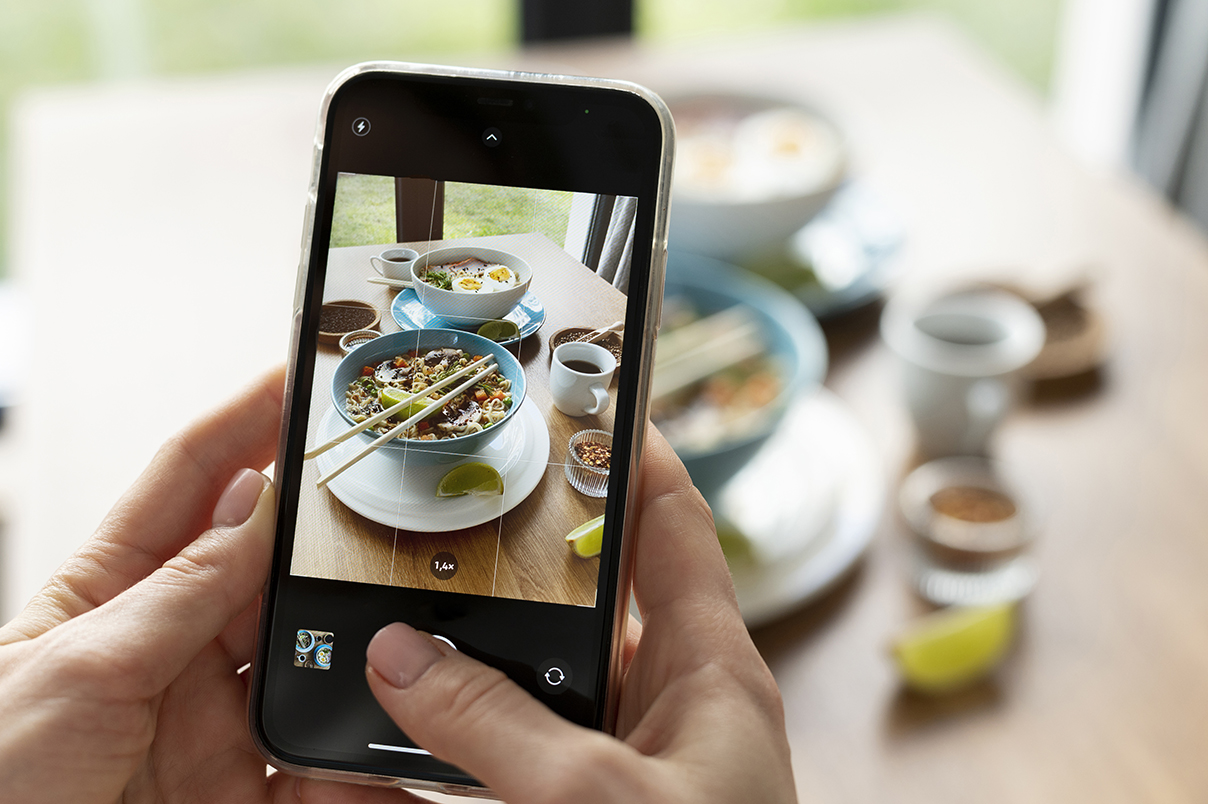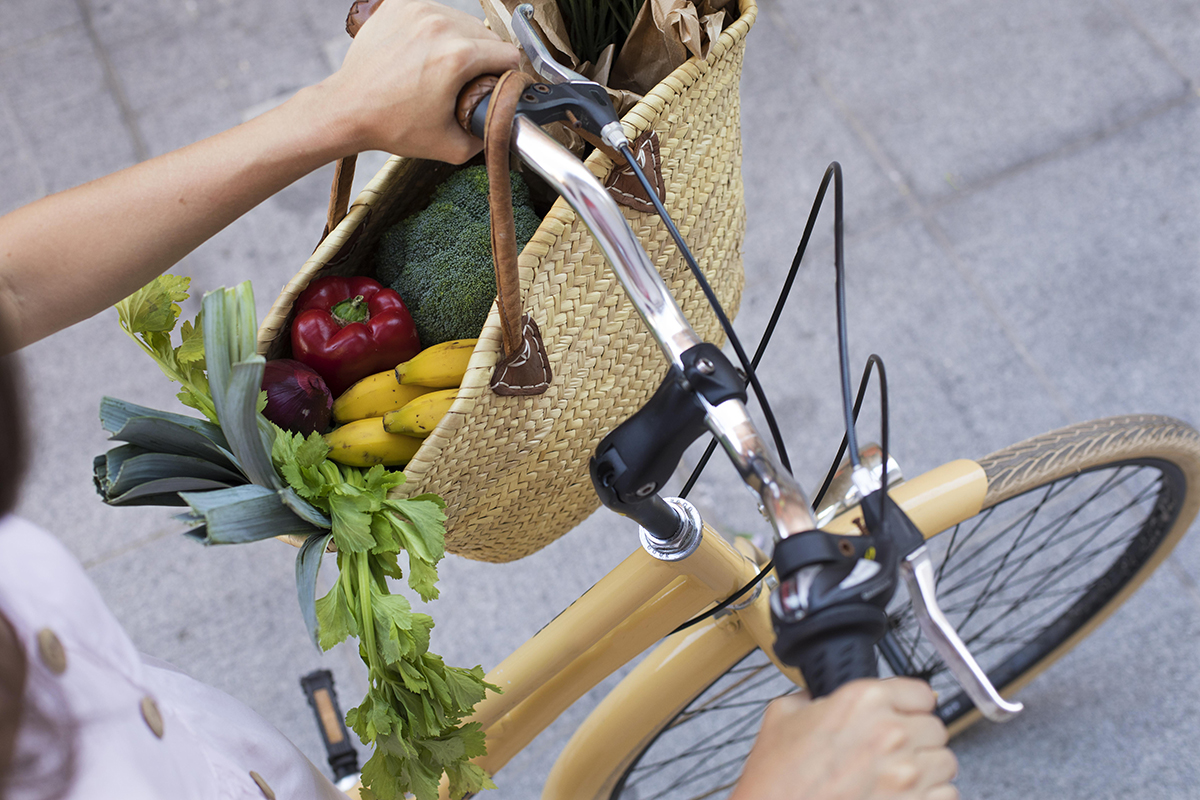Is the ‘Girl Dinner’ TikTok trend bad or fun?

The term ‘Girl Dinner’ has gained a lot of popularity on TikTok, but nutrition experts are concerned that this trend might have negative effects. On TikTok, a ‘Girl Dinner’ refers to a snack plate assembled from foods that require no cooking or preparation, such as a jar of pickles, chips with salsa, cereal, assorted vegetables with dips, or even leftover popcorn from the previous day.
While there’s no inherent reason why individuals of any gender can’t enjoy a similar snack plate, these unconventional food combinations have been labeled as ‘Girl Dinner’.
Although there are certainly ways to embrace this trend in a balanced and nutritionally-conscious manner, some professionals are raising doubts about the actual healthiness of the shared dinner ideas. Alternatively, there’s a more serious concern: could the act of sharing these meals be yet another instance of how pervasive diet culture continues to impact us?
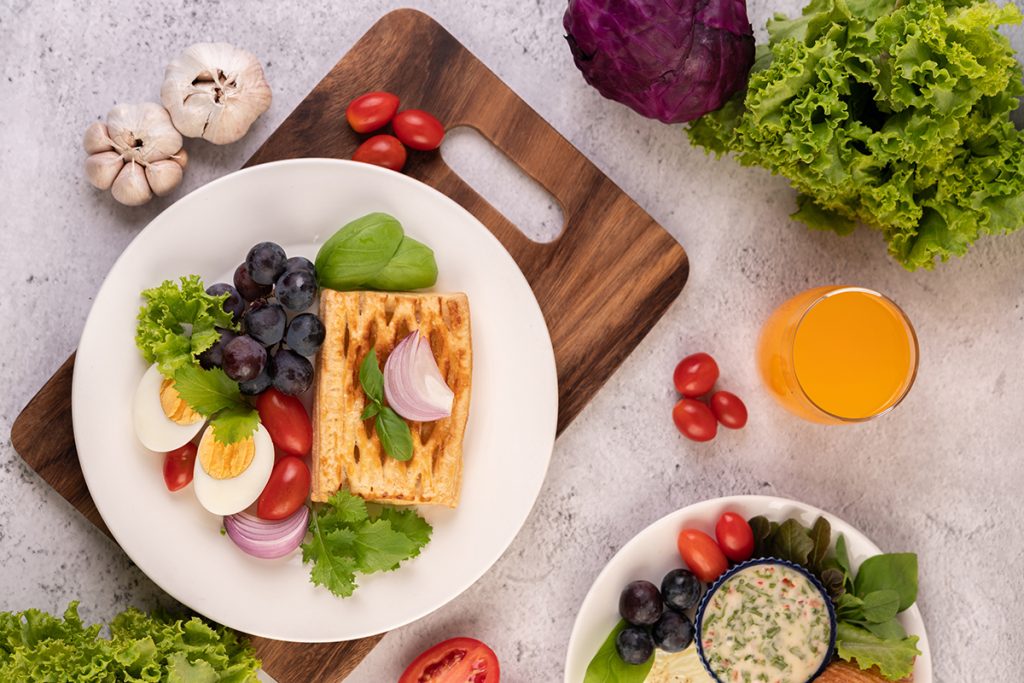
The nutritional aspects of a ‘Girl Dinner’
The caloric content and nutritional composition of a ‘Girl Dinner’ are contingent upon the selection of snacks included. If your plate primarily comprises fruits, a few crackers, and cheese cubes, it would resemble more of a snack than a full dinner. Conversely, by incorporating items like slices of baguette, hard-boiled eggs, chopped vegetables, hummus, and a handful of nuts, the meal transforms into a more substantial dinner option.
In the initial example, the calorie count hovers around 200-300 calories. However, by integrating the suggested additions, the meal’s caloric content increases to approximately 500 calories.
The Dietary Guidelines for Americans put forth varying caloric recommendations for moderately active women: around 2,200 calories daily for those aged 18–25, 2,000 calories daily for those aged 26–50, and 1,800 calories daily for those aged 51 and above. More physically active women, as well as individuals who are pregnant or lactating, might require a greater calorie intake, whereas those with lower activity levels might need fewer calories.
The suggested caloric intake for women and girls exhibits substantial diversity based on factors like age, level of physical activity, and dietary objectives. Depending on an individual’s earlier meals throughout the day, a ‘Girl Dinner’ comprising roughly 500 calories could serve as a satisfying dinner option. Meanwhile, a lighter version of the ‘Girl Dinner’ might be better suited for consumption as an appetizer or snack, based on the context.

The implications associated with the term ‘Girl Dinner’
The concept of a ‘Girl Dinner’ essentially entails an individual-sized charcuterie board, which can be a wholesome addition to a well-rounded diet. However, experts caution that labeling a meal as a ‘Girl Dinner’ could have problematic connotations. Some suggest that the term is used with the intention of empowering women to free themselves from the expectation of cooking and to savor a meal with minimal exertion.
Conversely, an alternative viewpoint posits that the name stems from the misguided notion that women should consume smaller portions compared to men. By designating it as a ‘Girl Dinner’, there’s an underlying implication that females should opt for lower-calorie meals.
Presenting these meals under the label of ‘Girl Dinner’ inadvertently perpetuates the idea that women should have reduced portion sizes or a distinctive type of meal in contrast to men. Such messaging has the potential to foster negative body image concerns among women and heighten the susceptibility to developing eating disorders.
Furthermore, it’s worth noting that social media already serves as a triggering space for numerous women grappling with disordered eating patterns. The ‘Girl Dinner’ trend might inadvertently exacerbate this issue.
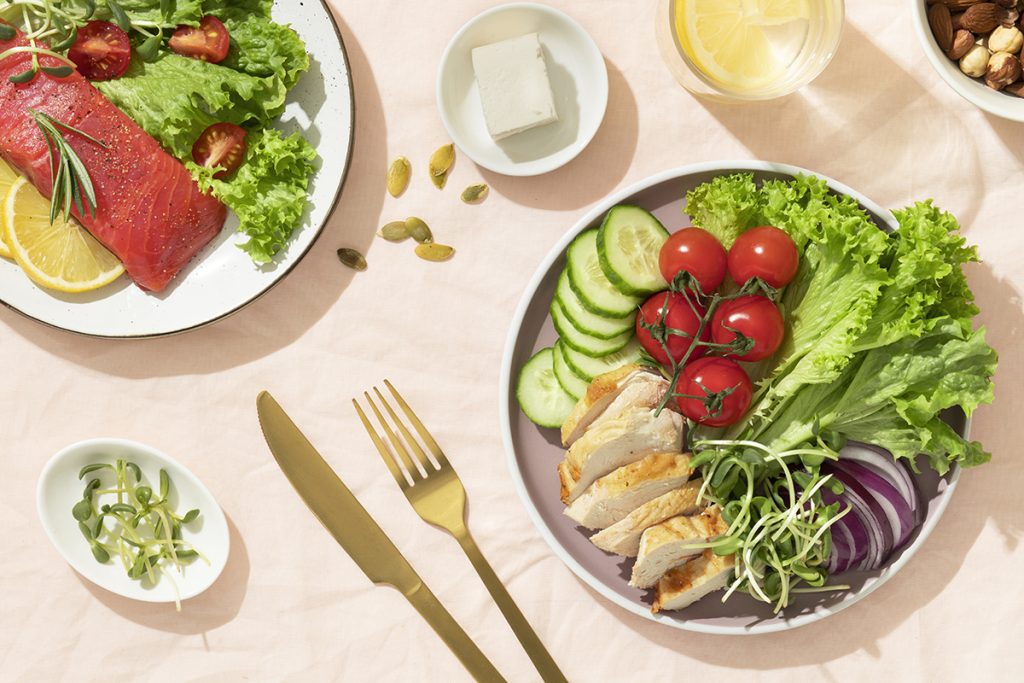
Crafting a nutrient-rich ‘Girl Dinner’
Similar to the majority of culinary trends circulated on social media, gauging the healthfulness of a concept isn’t always straightforward. By incorporating the right components in sufficient quantities, a ‘Girl Dinner’ can indeed become a viable dinner choice.
Nonetheless, it’s essential to keep in mind that a conventional ‘Girl Dinner’ might lack balance and fall short in terms of caloric content. Without thoughtful consideration, this oversight can result in heightened cravings and a sense of weariness.
Furthermore, recognizing the individual variations in nutritional requirements is crucial; it’s practically unfeasible to definitively assert that a particular ‘Girl Dinner’ suits the health needs of every woman worldwide.
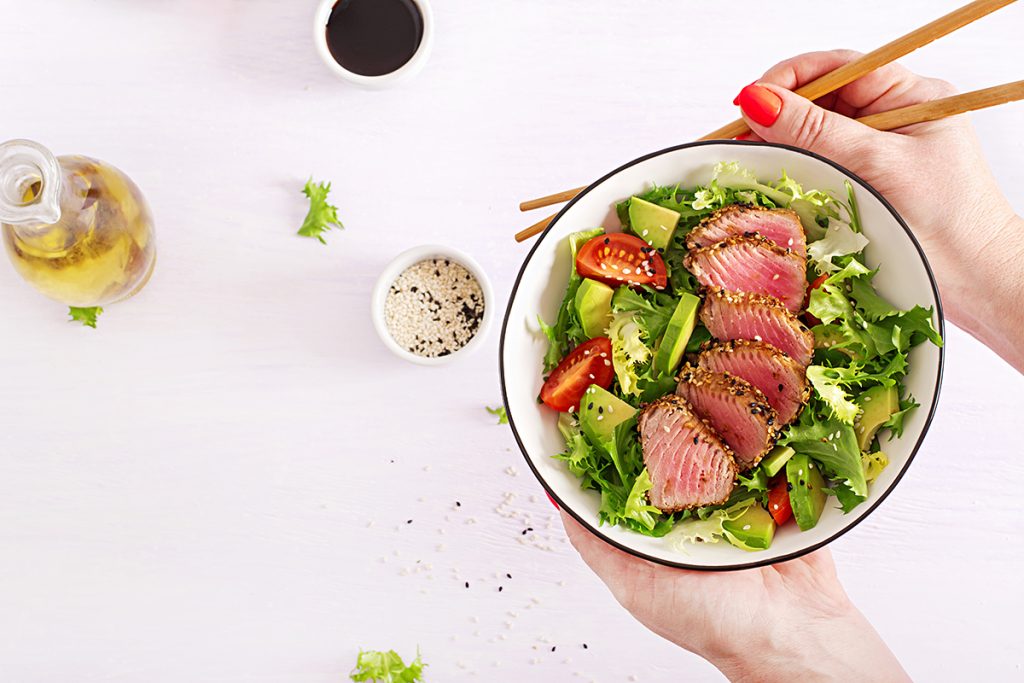
An optimal ‘Girl Dinner’ should encompass a protein source (such as cheese, meat, or nuts), a carbohydrate element (like fruits or whole-grain crackers), and a dose of beneficial fats (for instance, hummus complemented by a drizzle of olive oil). The option to include raw vegetables paired with a dipping sauce also adds to the array of possibilities for a ‘Girl Dinner’.
By adhering to this uncomplicated guide, anyone can shape a more well-rounded ‘Girl Dinner’:
- 1 cup of carbohydrates (like fruits, sliced baguettes, or crackers)
- 4 ounces or ½ cup of protein (ranging from sliced meats and hard-boiled eggs to cooked chicken, roasted chickpeas, edamame, or hummus)
- 1+ cups of vegetables (examples include bell peppers, sliced cucumbers, or celery sticks)
- ¼ cup of healthy fats (options span from cheese, cottage cheese, and avocado to nuts)
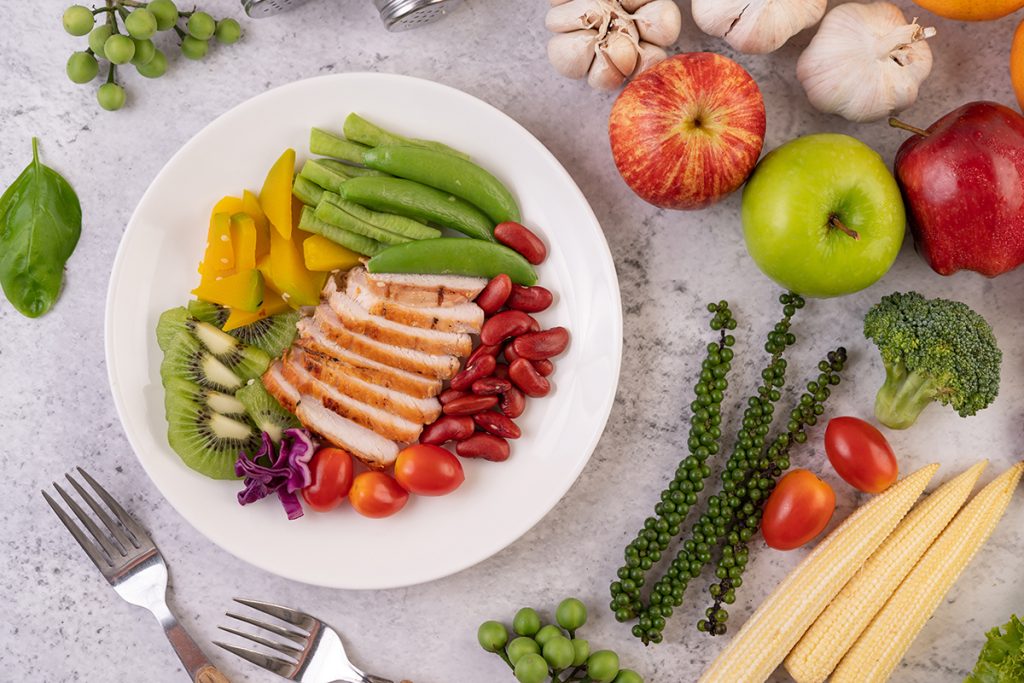
Is the ‘Girl Dinner’ TikTok trend bad or fun conclusion
If you choose to create your own ‘Girl Dinner’, make certain to tailor the meal to align with your individual hunger cues and nutritional requirements for that specific day. Furthermore, if you find yourself in need of assistance in determining the appropriate caloric intake for your needs, it’s advisable to consult a registered dietitian.

















